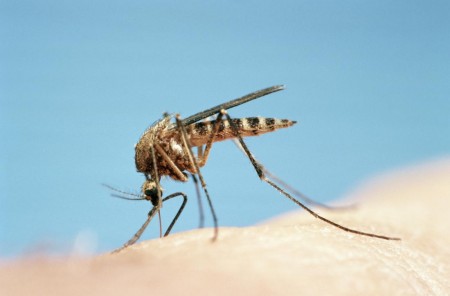November 26, 2015 – Genome editing tools are about to make an enormous impact on the environment. Just in the last few days the Food and Drug Administration in the United States made a decision that a genetically modified salmon was approved as safe to eat. The salmon, genetically engineered from Atlantic Salmon with inserted DNA and RNA properties from the Pacific Chinook Salmon and the Ocean Pout is the first “meat” to be given FDA approval.
The biotechnology tools that made this genetically modified salmon are the same tools being used to alter the DNA of staple crops to make them drought and weed resistant. The technology tool is called CRISPR. It can produce new strains of soybeans, rice, potatoes, tomatoes and even allergy-free peanuts to help feed the world. It can give plants the ability to thrive even in a world undergoing extremes of climate change. And now it can modify mosquitoes that can stop parasitic diseases like malaria from being transmitted to human populations.
CRISPR is the leading edge of what is being called “gene drive” technology. With gene drives we can remake the biosphere. In the case of the genetically modified mosquito we create an insect that inhibits plasmodium, the single-cell parasite responsible for malaria, from living within the insect.
This year scientists at University of California San Diego used CRISPR to create what is referred to as a molecular motor to spread anti-malaria genes throughout a mosquito population. To date the mosquitoes have yet to be released into the wild and are kept behind locked doors. Why? Because there is a controversy among researchers debating the merits of releasing “gene drive” technology into the real world without a mechanism to reverse its affects. Some researchers see the sinister side of the technology, engineering insects to spread deadly toxins. But those behind the advancement of the technology argue that there are much easier ways to kill people than carefully breeding a captive insect population to do it. They want to see their engineered mosquitoes released to end malaria which kills 670,000 people every year, mostly children, and mostly in sub-Saharan Africa.
















